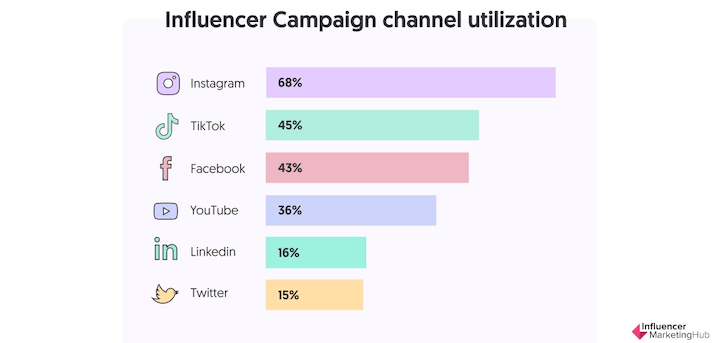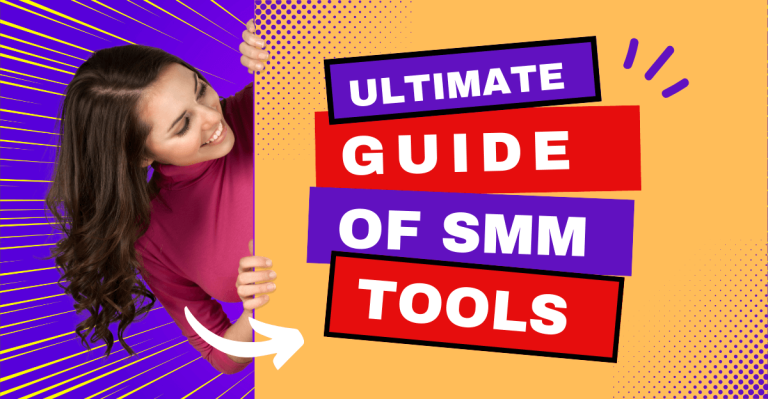The term "influencer" has become an integral part of the digital world and the digital marketing, with individuals who build their personal brand playing a crucial role in shaping trends and consumer behaviour. A influencer is not just someone with a large number of followers, but someone who has established a genuine trusting relationship with his audience. This is mainly achieved through personal identity that they promote on social networks.
To be clear, personal branding is the pillar of success for every aspiring influencer. In a world where social media platforms are saturated, creating a strong personal identity is key to attracting and retaining followers. For example, influencers such as Chiara Ferragni or the Huda Kattan started from scratch and managed to create empires through their authentic social media presence. Authenticity plays a key role in trust development with followers, which in turn leads to success.

In this article, we'll cover the key steps to building your personal brand, with a focus on authenticity, choosing the right platform, content strategy and managing your relationship with your audience.
Authenticity and personality
Authenticity is the foundation for any successful personal branding. Your true personality needs to be reflected on social networks consistently in order to gain the trust of the public. This means you need to avoid pretentious images and focus on what differentiates you from others.
An original influencer is the one who is not afraid to express his true identity. This can be seen in the subject matter of your posts, the language you use and the way you treat your followers. When there is consistency between your online and real presence, it creates a strong foundation of trust. For example, influencers like Negin Mirsalehi gained the trust of their followers by showing their lives transparently and without filters.

Authenticity is also essential to stand out in an oversaturated space. The influencers who have a unique voice and personality manage to win the long-term loyalty of their followers. The more consistent the image you project, the more likely you are to build long-term trusting relationships.
Choice of social media platform
Choosing the right platform is critical for the development of the social media presence Your. Different platforms appeal to different audiences and support different types of content, so it's important to choose the one that best suits your needs. content style of our email marketing services.
Instagram: Ideal for visual content like photos and short videos, Instagram offers tools like stories and reels to interact with your audience. It's great for lifestyle brands and influencers that focus on fashion, beauty or travel.
TikTok: This platform is popular mainly with young users and is based on short-form video content. It's ideal for creating creative and fast content that can go viral.
YouTube: If you specialise in long-form video content such as tutorials, vlogs or detailed product presentations, YouTube is the best choice. The platform rewards loyalty with longer video retention.

It is important to understand the demographics and the rules of engagement of each platform before you start. For example, while Instagram has a wider range of users, TikTok focuses on a younger audience, while YouTube is preferred by users looking for educational or analytical content.
Content creation plan
A good content strategy is the key to the continuous development of a influencer. This includes the creation of a content calendar that will allow you to publish consistently and with variety. The most successful influencers mix different types of content, such as photos, videos, and live streams, to maintain the interest of their followers.
Key Content Elements
- Consistency: Platform algorithms favour users who post regularly. Regular presence increases the chances of your content being seen by more users.
- Variety: Mixing different forms of content keeps your audience interested. For example, one week you can post photos, the next week videos and then organise a live stream.
- user-generated content: By encouraging your followers to create content related to you or your brand, you increase their engagement and create a stronger community.

Engage and interact with your followers
Engaging with your audience is vital to maintaining and growing your influence. The best influencers don't just post content, but actively participate in conversations with their followers. This means that you need to respond to comments, participate in discussions and organise interactive sessions, such as questions and answers or live streaming.
The more personalized is your interaction, the greater your connection with your audience will be. Simply responding to comments can create a sense of community and enhance follower loyalty.

Economic exploitation of your Brand
The conversion of the personal brand into a source of income is the next natural step. Working with brands and the creation of paid content must be done with authenticity so that you don't lose the trust of your audience. The influencers can earn money through sponsored posts, partnerships with brands, and affiliate marketing.
For example, using affiliate links can provide a steady income, while selling digital products, such as e-books or online courses, can diversify your income sources.

The role of the anti-influencer: another approach to the traditional influencer model
The role of the anti-influencers is emerging as a response to the traditional influencer model, which is characterised by perfectly curated profiles and constant product promotions. Anti-influencers, or anti-influencers "de-influencers", emphasise the Authentication and the honesty, avoiding promoting products or trends that are considered unnecessary or unhealthy.
Unlike traditional influencers, anti-influencers avoid overconsumption and position themselves against mainstream trends, inviting the public to think critically before buying. For example, they could discourage the purchase of products that are considered overpriced or non-essential, thus gaining the trust of their followers.
Differences between Traditional Influencers and Anti-Influencers
Traditional influencers usually promote a more glamorous lifestyle and tend to endorse the products they advertise. In contrast, anti-influencers emphasize the imperfections and the vulnerability of everyday life, promoting a more down-to-earth and authentic model. They win over their followers by offering a alternative approach which focuses on sustainability and the responsible consumption.
This move has been very popular on platforms like TikTok, where the hashtag 1TP5Deinfluencing has garnered millions of views, and the creators are promoting more thoughtful consumption habits.
Building your staff brand requires time, effort and especially Consistency. The steps we've analysed, from authenticity to platform selection and audience interaction, will help you develop a strong social media presence. However, in the modern age of social media, the success of an influencer does not only depend on product promotion. Plus, the Authentication and the honesty that brings the movement of anti-influencers has an important role, as the public is looking more for the transparency and from responsible consumption. Whether you go the traditional route or choose to promote a more 'real' message, the constant effort to authenticity, engagement, and evolution of your content will remain the key to success.
Sources:
- Authenticity and engagement are the foundation of success (Katerina Tseberlidou)
- Personal branding is a long-term investment (TechGuides)
- Choosing the right platform accelerates growth (newsbreak)
- Consistent content creation is the key to audience retention (Accrue Media)
- Monetization is achievable through strategic collaborations (Katerina Tseberlidou)
- Anti-Influencers: the new trend pushing back against influencer culture (Logie)
- The Rise of the Anti-Influencer Influencer (VICE)



